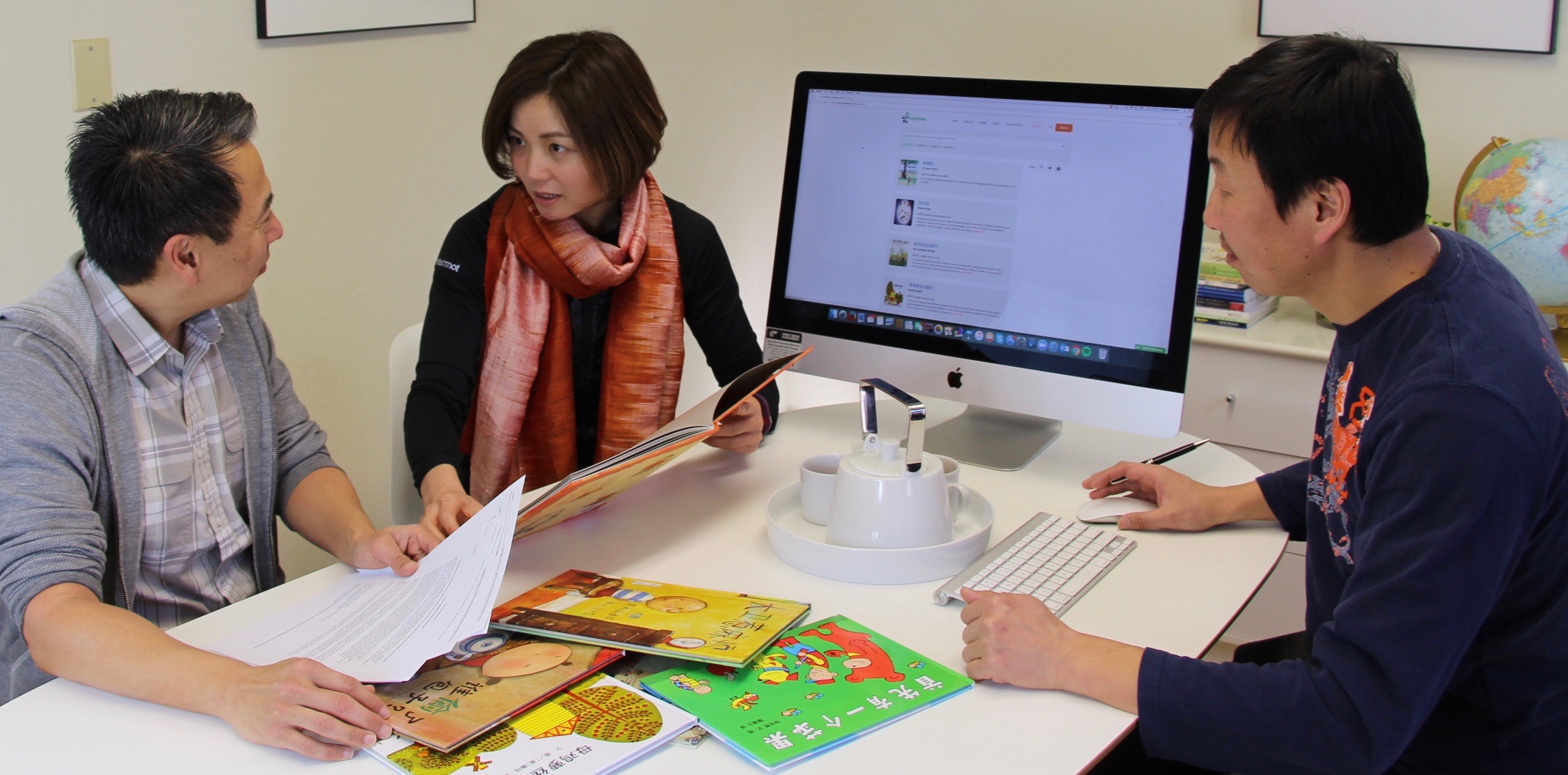 When I recently attended the “meet the teacher night” at my daughter’s high school, her Spanish teacher kicked things off by sharing a bit about his philosophy. “I want kids to make mistakes in my class,” he said. “If they aren’t making mistakes, that means they aren’t trying new things. That’s why in my class, I reward mistakes.”
When I recently attended the “meet the teacher night” at my daughter’s high school, her Spanish teacher kicked things off by sharing a bit about his philosophy. “I want kids to make mistakes in my class,” he said. “If they aren’t making mistakes, that means they aren’t trying new things. That’s why in my class, I reward mistakes.”
I wanted to hug him. Getting students to feel comfortable making mistakes in front of others can be a real challenge. And my daughter’s teacher was on to something – making mistakes is absolutely critical for foreign language learning.
We all know that everyone makes mistakes and that it’s a critical part of the learning process. It’s often hard, however, for students (especially older ones) to move beyond the fear of embarrassment, especially when schools and testing generally reward being right. And for tweens and teens wanting to impress peers, the risk from making a potentially embarrassing mistake feels even greater.








